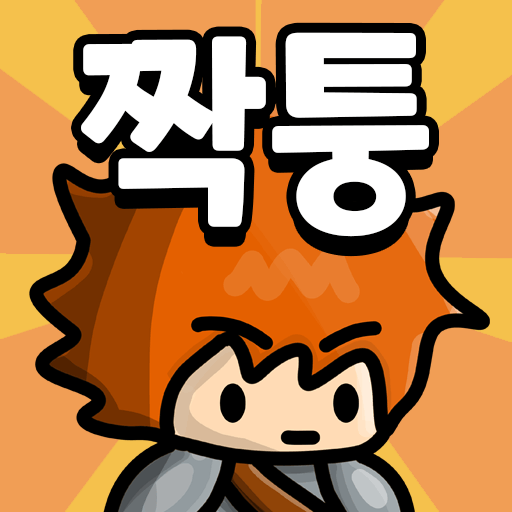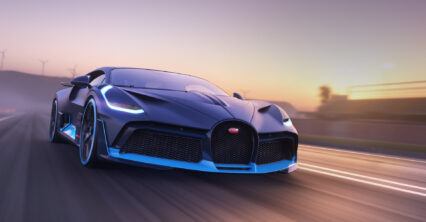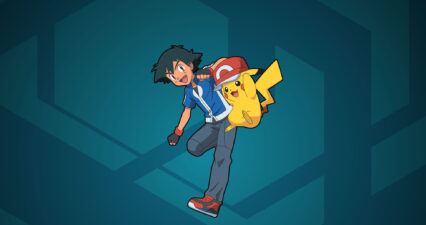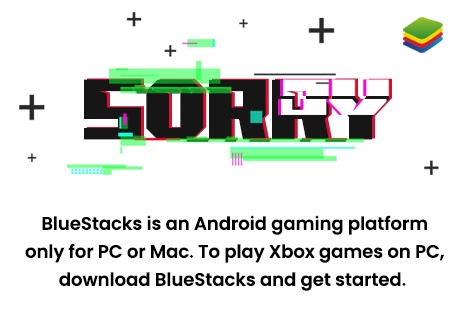How Dopamine Hit Plays: Gameplay Breakdown and Player Experience

Dopamine Hit isn’t your average role playing mobile game, it’s a high-energy, reactive arcade experience designed to overwhelm your senses and test your instincts. From its vibrant visual style to the hypnotic rhythm of gameplay loops, this game delivers an adrenaline-fueled ride that blends action, challenge, and satisfaction in quick bursts. Whether you’re just jumping into it or trying to push for higher scores, understanding the gameplay flow will help you truly enjoy what the game offers.
First Impressions
Right from the moment you launch Dopamine Hit, you’re thrown into a chaotic mix of neon lights, fast-paced movement, and electrifying sound effects. The design is minimalistic but intense, pushing you to focus more on movement and rhythm than on overly detailed backdrops. The game feels tight, responsive, and slick, giving you that satisfying “just one more run” feeling almost immediately.
Movement and Controls
Movement is at the core of the experience. You control your character using a virtual joystick or touch-sensitive controls that respond quickly. There’s almost zero input delay, which is critical given how many projectiles and enemies come flying your way in a single second.

The game encourages precise dodging, predictive movement, and adaptive response. You don’t just react, you read the room, anticipate patterns, and weave through danger. This makes every successful dodge feel like a win, and every mistake a learning opportunity.
As you progress, the speed picks up. Enemies swarm in more aggressive formations, requiring faster reactions. The controls allow for fluid maneuvering, but the game’s intensity demands full attention.
Combat Mechanics
Combat in Dopamine Hit isn’t about complex combos or tactical cooldowns. It’s all about flow positioning your character to maximize damage output while dodging enemy attacks in real-time. Weapons auto-fire once enemies are in range or based on preset mechanics, so you’re not tapping to shoot. Instead, your job is to manage movement and upgrades while staying alive.

There’s a thrill in seeing your character slowly transform into a damage-dealing machine through well-chosen upgrades. Early fights feel manageable, but by mid-level, it’s like a bullet hell shootout. And somehow, you’ll love it.
Upgrades and Progression
One of the best parts of Dopamine Hit is its roguelike-inspired upgrade system. After defeating waves or leveling up, you’re presented with a set of upgrade choices. These range from improving your weapon’s damage, widening its spread, adding auto-turrets, or even gaining passive effects like HP regeneration or movement boosts.
This adds a satisfying layer of depth to each run. Even if you start with the same character, your build can go in wildly different directions depending on the upgrade RNG and your playstyle. Some runs you’ll build for raw power, others for survivability or AoE destruction.
Enemy Design and Stage Flow
Enemy variety starts small but escalates quickly. In early stages, you face basic drones or walking units that are easy to outmaneuver. But soon enough, you’re surrounded by faster, tankier enemies and ranged attackers that add layers of challenge.
The waves come in natural pulses, quiet buildup, sudden chaos, then a moment to breathe. Some waves feel like boss fights, others more like endurance tests. This keeps you on your toes and prevents the gameplay from feeling repetitive, even during longer sessions.
The Flow of a Run: Risk vs. Reward
Each run has a natural rhythm. At first, you’re just trying to stay alive and pick up essential upgrades. Around the mid-point, you start thinking tactically—whether to boost offense or heal, whether to kite enemies or clear them fast. By the end, it’s often pure survival mode, where one wrong move ends the run.

There’s a constant push-pull between risk and reward. Do you chase that upgrade token across a risky area? Do you burn all your energy sprinting away or save some for a more intense wave? These moment-to-moment decisions make the game deeply engaging and replayable.
Replay Value and Endgame Challenge
While each run is self-contained, the game offers progression through unlocking new characters and possibly skins or modifiers in future updates. Because the upgrade paths change every time, and because enemies scale up, no two runs feel exactly alike.
What really keeps players coming back is the raw satisfaction of mastery. You start out barely surviving wave five, and before long you’re weaving through a dozen enemies, clearing stage ten without taking a hit. It’s that feeling of improvement—the “dopamine hit” that really sells the experience.
A Game That Feels Alive
For players looking for an experience that’s easy to pick up but hard to put down, Dopamine Hit hits the mark. Whether you’re playing for five minutes or an hour, each run keeps you engaged, alert, and hungry for more.For the best gaming experience, try playing Dopamine Hit on BlueStacks, which offers a bigger screen and smoother gameplay.
















